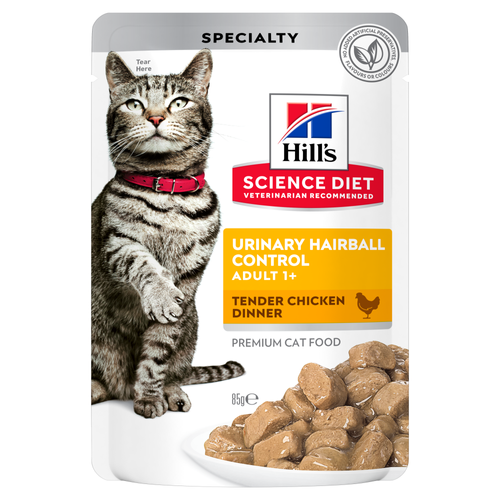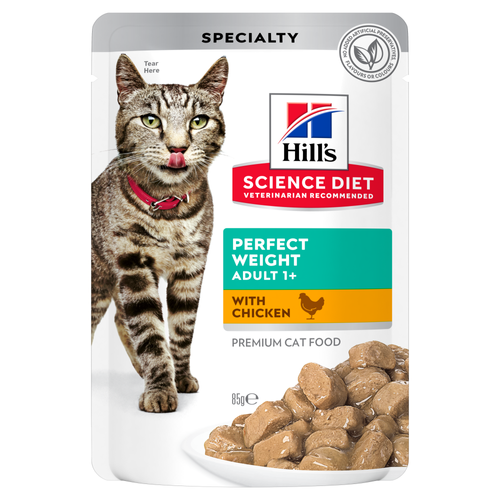Thai Cats are as elegant in their demeanour as they are in their appearance. Graceful, gentle and bundles of fun, they are a wonderful blend of affectionate and social.
Cuddly and loyal, Thai Cats will seek out opportunities to be playful, especially with their human family. They may even try to speak to you, and are known for their chattering vocals which is quite distinctive from other cat breeds.
With an aim to please and bundles of intelligence, Thai Cats make the most of their curious nature, whether that’s through exploring their neighbourhood, showing off tricks they have learned, or solving puzzle toys. Thai Cats are very friendly and are respected for their rich heritage as well as being a charming cat breed.
It’s easy to attribute all the appeal of a Thai Cat to its beauty, but the affectionate nature of this cat breed is hard to deny. They have incredibly loving personalities, often forming very strong bonds with their owners. While they are not overly needy, they will surely enjoy following you around the house with a curiosity as to what you’re up to.
Leaving Thai Cats for long periods of time is not recommended, and if you’re frequently out of the home, stimulating toys should be made available to ensure your cat is mentally stimulated. Thai Cats are active, but not overly so, and will thoroughly enjoy climbing opportunities to practise their pouncing.
The short coat of Thai Cats make them low maintenance when it comes to grooming, although it is sensible to maintain a regular brushing routine to ensure good health. It’s notable that in some cats, this coat is also thin, making Thai Cats sometimes more sensitive to colder temperatures. Adding extra blankets to their favourite spots can ensure they always have a warm spot to call upon.
Recommended:
- Kitten food: Hill’s Science Diet Kitten Range
- Adult Cat Food: Hill’s Science Diet Adult Range
- Mature cat Food: Hill’s Science Diet Adult 7+ Senior Range
As the name may suggest, the Thai Cat originated in Thailand and were held in high esteem with ancient Siamese royalty. With rich cultural significance, Thai Cats were believed to bring good luck to their owners and were frequently given as gifts of diplomacy.
They are often referred to as the Traditional Siamese, or the Old-Style Siamese, mostly because the Thai cat is essentially the earliest form of the Siamese cat breed, and this strong similarity is why the two breeds are so frequently mistaken for one another to this day.
Although the timeline of the Thai Cat origin is disputed, they have been notably present in the western world ever since the 1880’s when they were brought to England by the King of Siam, now Thailand. Their striking and highly recognisable appearance gave them great momentum in popularity throughout Europe and North America which continues in modern day.
Health Concerns:
Thai Cats are not known to be particularly prone to illness or any specific health conditions, which is great news for their loved ones. However, the health of individual cats does vary and optimum health can be achieved through a good diet and regular check-ups with your local veterinarian. That being said, the issues most commonly seen in Thai Cats include:
Dental issues - Gingivitis and dental decay can affect Thai Cats, but sadly this also affects most cat breeds. The risk here is that dental issues can cause further health problems if they are not seen to quickly enough. With regular brushing and healthcare check-ups, plaque build-up and subsequent infections can be avoided. Frequently check for sores or eating difficulties to help discover issues early on.
Obesity - A balanced diet is crucial for all cats, including the Thai Cat. It’s important to monitor portion control and avoid excessive treats to help maintain a healthy weight. While many cats are active enough to reduce the risk of weight gain, this is not always a substitute for a good diet. Obesity, if left unresolved, can lead to further health problems including joint issues and diabetes. The Thai Cat has a slender build so monitoring any changes in appearance can help to tackle this.






















